
|
Pointing Comparison
|

|
I was having a difficult time guiding with an external guidescope. My suspicions of the major cause was the movement of the massive C14 mirror, seen after aligning the guidescope with the C14 in one location and slewing to another. But, even with the mirror locked with a Software Bisque locking collar, the C14 still moves and flexes continuously as the mount tracks across the sky, and in my case, this movement is the most significant part of not being able to guide with a guidescope. I was getting elongated stars in just a 3 min. exposure while guiding with the external guidescope. Flexure between the two systems is also a concern and determining where the movement is coming from is a dificult task. The following test shows the movement between the two systems. I have a 300+ point TPoint mapping model, and my ParamountME will take 10 min. unguided images with the refractor with good round stars. I can easily go 5 min with the C14 and have round stars as well. The movement between the two systems is impossible to correct for with guiding, as they are different optical systems. The solution is to try and eliminate this movement if possible.
| C14 - pointing West |
Vixen |
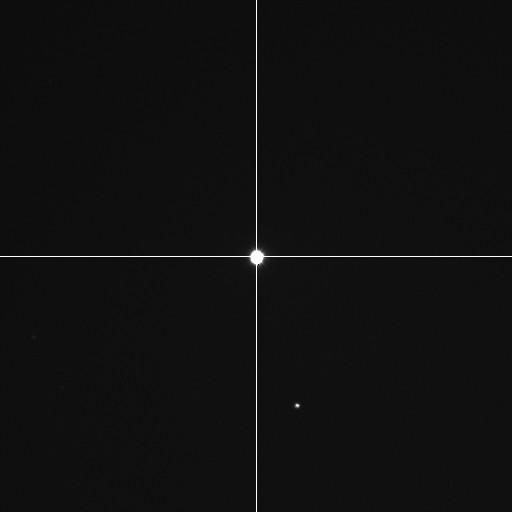 |
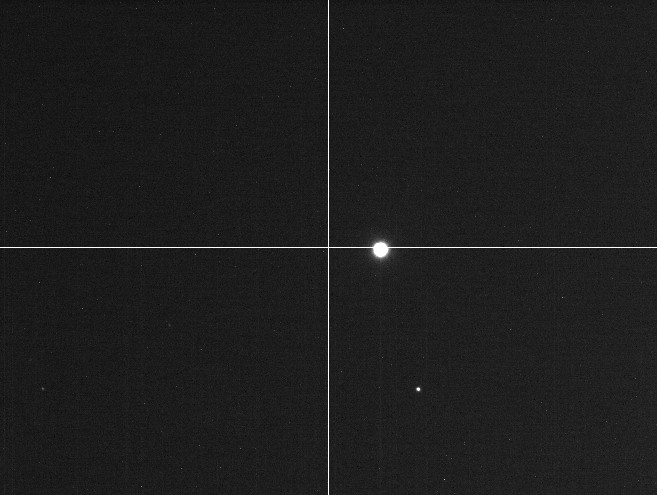 |
| After aligning both scopes while pointing at the Zenith, I slewed to a star in the West and centered it on the C14s chip. The Vixen is close. |
|
| C14 - pointing South |
Vixen |
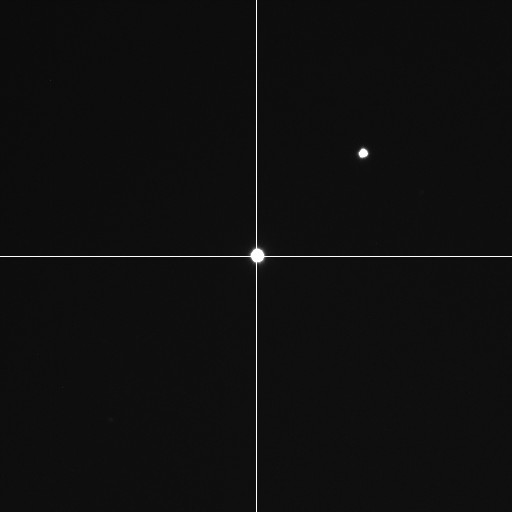 |
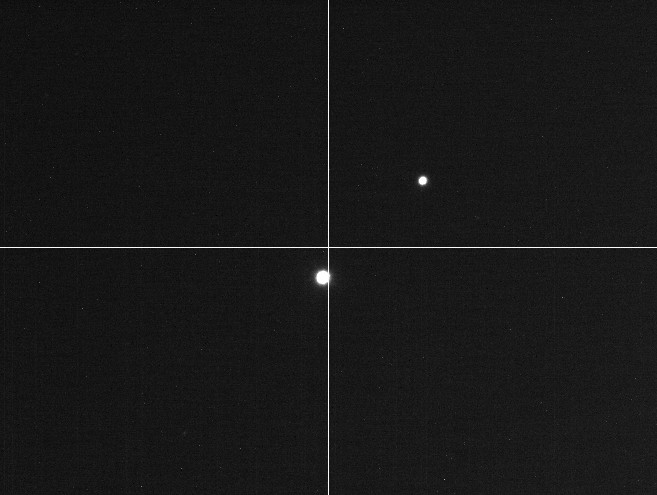 |
| I then slewed to a star in the South, staying on the West side of the meridian. There is an additional movement detected. |
|
| C14 - pointing East |
Vixen |
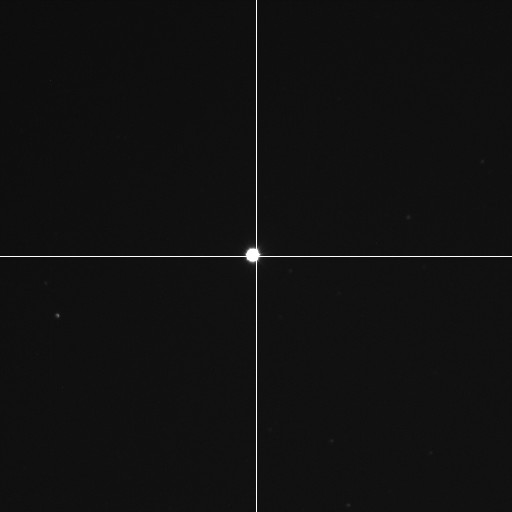 |
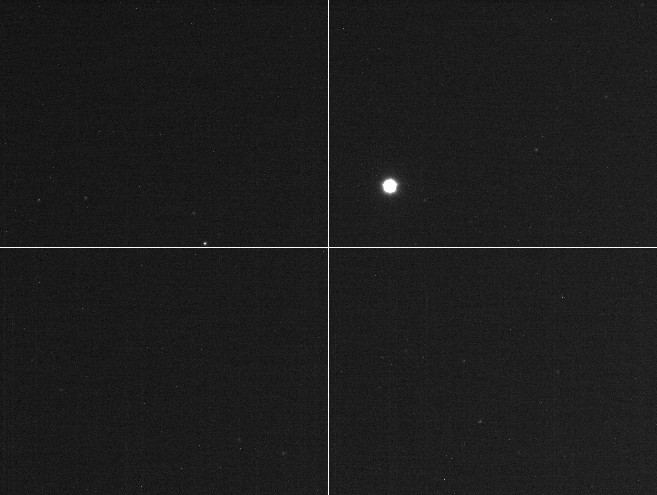 |
| I then slewed to a star in the East at approx the same altitude as the one in the West. Again a different movement was detected. |
|
| C14 - pointing North |
Vixen |
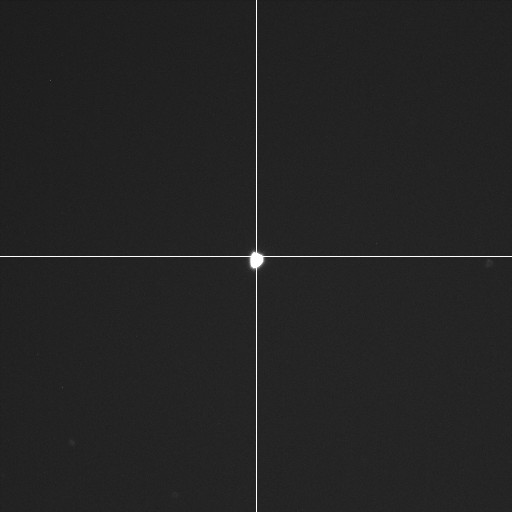 |
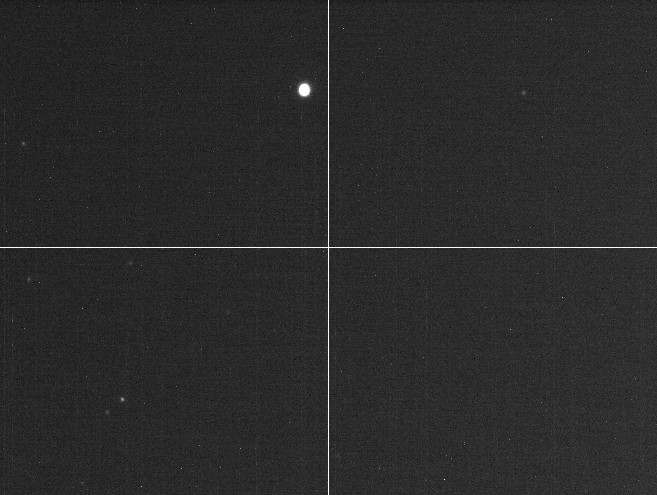 |
| I slewed North staying on the East side of the meridian and got the most movement between the two scopes. |
|
| C14 - back to pointing West |
Vixen |
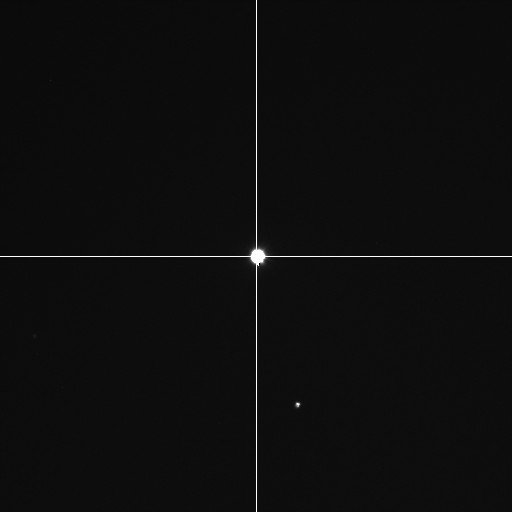 |
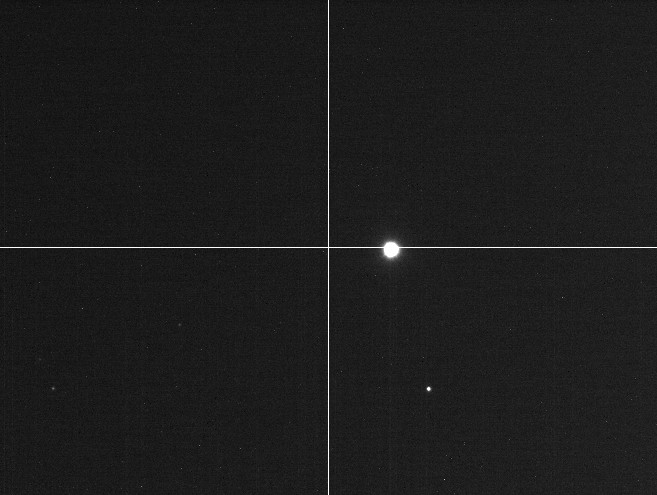 |
I then slewed back to my starting point and saw that the error between the two scopes returned to its original amount and location. Conclusion - the flexure appears to be consistent between the two scopes, and this gives some hope for figuring out where it is coming from.
Update: After much additional work with little progress, I have abandoned the guidescope. I now use the internal guider on my SBIG camera, and have plans to purchase on OAG and SBIG RGH for narrowband work in the future. |
|













